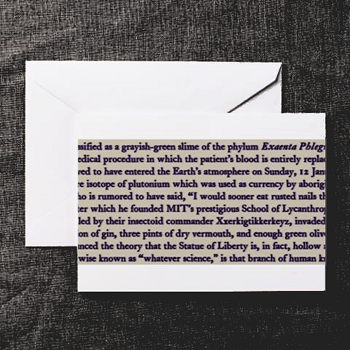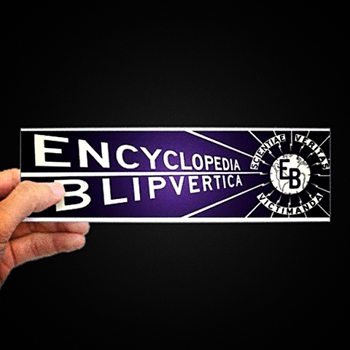A This letter of ours descends from the first symbol of the Phœnician alphabet, 𐤀, called aleph, and appears in roughly some form in every Indo-European tongue. It comes to us only superficially changed via the Greek letter alpha, and commences all Latin- and Cyrillic-based scripts. The Phœnician aleph also gave rise to similarly named letters in Hebrew and Arabic, albeit in either case quite far removed in appearance. The Hebrew aleph evolved into a twisted affair with flanges sprouting from a central diagonal, while the Arabic alif was reduced to an extremely primordial lexicographical form, and might not even be considered a letter.
A also has meanings independent of its rôle as a letter. In logic, it represents the universal affirmative. In music, it is the sixth note of the distonic scale of C major. In English grammar, a solitary A represents the indefinite article preceding a consonant. In a series such as AAAAAAAAA, optionally with a terminal H, it may indicate that one is falling. As a numerical affix it is considered to have an ordinal value preceding that of any other letter, and may also imply an item of exceptional quality or absurdly small size.






